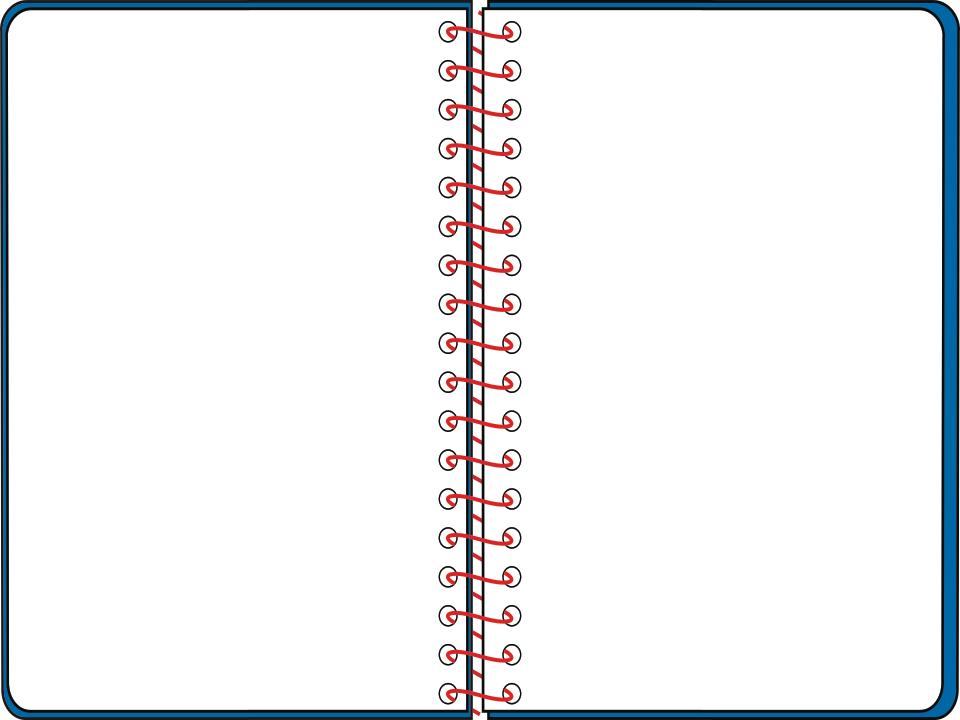 |
||
Next > | Brochure | ‘Rithmetic in Residence | Page1 | Pages 2-3 | Pages 4-5 | Pages 6-7 | Pages 8-9 | Page 10 | < Back | HOME |
||
After Paul’s experience with the activity, other instructors were eager to supervise it. Those for the next two groups reported that the children in their groups also counted cow legs—even the older children who knew how to multiply. The instructors after that, however, reported differently, saying that their campers had counted cows and multiplied by 4. Later, it was learned that the campers in these groups had been told by some of the other campers that it was the smart thing to do. What was learned that mattered was that children don’t naturally make the connection between the math they do in school and the math in their activities—that making the connection needs to be an integral part of the curriculum.
Learning Styles
For concepts and applications, children’s preferences were used to informally match predominate learning style (auditory, visual, or tactile kinesthetic) to instructional method. Each day after basics the children would meet with the instructors to learn about the lessons for the remainder of the day and how they were going to be taught. They would then choose a concepts lesson and an applications lesson for the day.
Lessons were usually limited to six campers, with some of the more fundamental ones being repeated so that all children might eventually take them. When an instructor felt it was important for a particular child to enroll in a certain class, they encouraged them to do so and rarely met with resistance.
Results
Arithmetic in Residence™ was undeniably effective. According to testing with the norm referenced tests that came with the computational skills program for Basics, virtually every camper’s grade level equivalent for math increased by 1-2 years. On attitude, according to a survey instrument by Aiken and Dreger (1961), their attitude toward math improved from an average of 68 (out of 100) to one of 75, and the four children with the poorest attitudes to begin with went from an average of 36 to one of 47. Of the more than 40 children that were tested, only two showed a drop in attitude. One went from a near euphoric 99 to a still positive 86, and the other one went from an extreme of 98 to a reasonable 82.
gave, however lame, for including the activity in the curriculum. Since it was Paul’s idea and he was the only one who didn’t think it was stupid (because he had fooled around with cows when he was a boy and had visited his grandparents who lived on a farm), he volunteered to supervise the first group of campers to count cow legs.
There were six children in the group, ranging in age from 5 to 9. Paul assumed they would count cows and multiply by 4. They didn’t. On the way to the cows, a husky 9-year-old boy said, “Since I’m the biggest, I’ll throw them down. Then you can count their legs.” The rest said, “Good idea!” and that is how it went, except for the “throw them down” part. They all counted legs. They would herd the cows up against a fence, flop down on their bellies, and count legs as fast as they could before the cows spooked and had to be rounded up again, after which they would start counting their legs again. They did this for over an hour until, hot and tired, they asked to quit, complaining about “stupid cows.” One of the children told Paul that he thought there were 42 cow legs!
Paul could have told the children to count cows and multiply by 4 in preparation for the exercise, and he was painfully tempted to do so when he learned they were going to actually count legs. To have done so, though, would have violated an instructional mandate at the camp—to insist that the campers be the smart ones—which meant answers and the math used to get them had to come from them. Had Paul told the children to count cows and multiply by 4, he would have been the smart one and had them using his math.
After returning to the ranch house for refreshments, Paul assembled the children outside around a picnic table under a big tree to reflect on the experience. He told them the owner of the cows had told him there were 40 cows. He then asked, “Knowing you rounded up 40 cows this afternoon, How many cow mouths? Cow tails? Cow eyes? Cow ears?” Finally, “How many cow legs?” and, writing with sticks in the dirt, the children worked 4x40. All of the answers and the math used came from them, showing them that they were the smart ones and that they had answered the questions with their math.